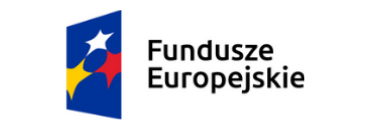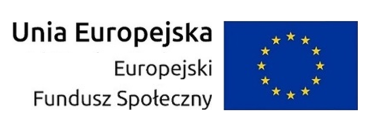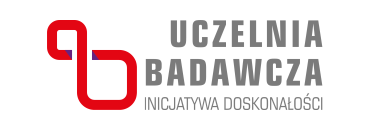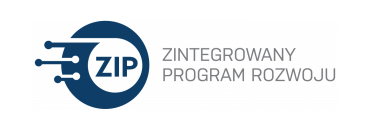Calcium Waves Supported by Stress activated Ion Channels
- Prelegent(ci)
- Zbigniew Peradzyński
- Afiliacja
- MIM UW
- Termin
- 9 grudnia 2021 12:30
- Informacje na temat wydarzenia
- Zoom
- Seminarium
- Seminarium Zakładu Równań Fizyki Matematycznej
Living cells and tissues can generate and transmit waves of chemical or electrochemical nature. The waves of calcium concentration are probably most familiar. There are several types of such waves, ultraslow, slow, fast and ultrafast. The range of their speed runs from 1 nm/s to 30 cm/s. There are various mechanisms responsible for their propagation. The cells are equipped with internal calcium stores: reticulum and mitochondria. In the case of fast waves the basic mechanism is the diffusion of calcium and the influx of calcium from internal stores. However, we may have also an influx of calcium from the extracellular space through the mechanically operated ion channels located in the membrane. This (as suggested by Lionel Jaffe [1]) can results in much faster (more then two orders) propagation. In this case the chemical processes are accompanied by some mechanical processes. Variation of calcium concentration leads to reorganization of the actin-myosin network (or network of microtubules) which is present in the cell. This creates the mechanical stresses and local stretching of membrane. Mechanically stimulated ion channels located in the membrane begin to open and calcium from extracellular space flows into the cell. In this lecture we demonstrate that the idea of Jaffe can really work.
References
[1] L.F. Jaffe, Stretch-activated calcium channels relay fast calcium
waves propagated by calcium-induced
calcium influx, Biol. Cell 99 (2007), 175_184.
[2] B. Kazmierczak, Z. Peradzynski, Calcium waves with fast buffers and
mechanical effects, Journal of
Mathematical Biology 62 (2011), 1_38.
[3] B. Kazmierczak, Z. Peradzynski, Calcium waves with mechano-chemical
couplings, Mathematical
Biosciences and Engineering 10 (2013), 743_759.
 Nie jesteś zalogowany |
Nie jesteś zalogowany |



















